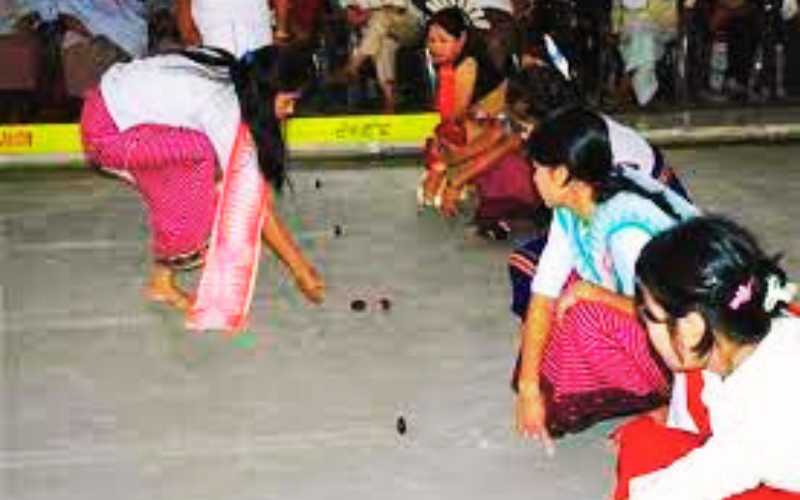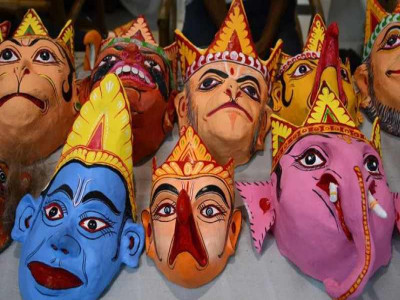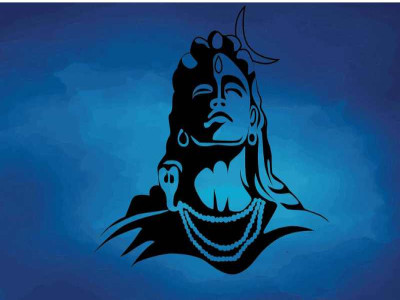
Kang Shanaba: Unveiling the Essence of Manipur's Traditional Game
Kang Shanaba, an indigenous game deeply embedded in Manipur's cultural fabric, has stood the test of time, captivating both young and old alike. Legend has it that this traditional game was originally played by the Seven Lainingthous (deities) and seven Leimarons (female deities) to commemorate the creation of the earth and the beauty of the rising Sun and Moon.
The Meitei community believes that the game symbolizes the commencement of a new life after the creation of the earth. As the Lainingthous and Leimarons engaged in the game seven times, the Laimarons emerged victorious each time, underscoring the significance of this spirited competition.
Historically, "Kang Tharo Shanaba" is documented to have commenced during the reign of Raja Loitongba in AD 1122, as per the Manipuri chronicle, Cheitharon Kumbaba. One Chahi-Houba, or Cheiraoba afternoon, the Manipuri New Year, Raja Loitongba discovered two Kangkhils lying in a corner. His attempts to hit one Kangkhil with the other gave birth to the game. Raja Loitongba, enthralled by the playful competition, introduced it to his royal family and the wider community.
Originally played with Kangkhils, the seed of the Kangli plant, the game underwent evolution over time. The term "Kang" is believed to have originated from "Kangkhil." In later years, the traditional Uri-kang (Kangkhil) was replaced by circular objects crafted from wood for commoners and ivory for royalty.
The game unfolds on a rectangular court, symbolizing the 'Field of Life,' with two teams of seven players representing the days of the week. The court, featuring outer and inner lines with target points, adds a strategic dimension to the competition. As the Kang crosses the last boundary, a player is considered "dead" for that particular push, embodying a symbolic journey beyond the boundary of life.
Each player possesses their own Kang, emphasizing individual ownership. The game begins with a chekphei, involving throwing the Kang, and a lamtha, where the player pushes the Kang from a sitting position. Scores are earned through hits on the target, with precise rules and terms like shiba, hanba, and marak changba governing the game's complexities.
In essence, Kang Shanaba transcends mere physical prowess; it encapsulates deep cultural symbolism, reflecting Manipur's traditions and providing a captivating glimpse into the state's rich sporting heritage.
Disclaimer: The opinions expressed in this article are those of the author's. They do not purport to reflect the opinions or views of The Critical Script or its editor.

Newsletter!!!
Subscribe to our weekly Newsletter and stay tuned.

















Related Comments